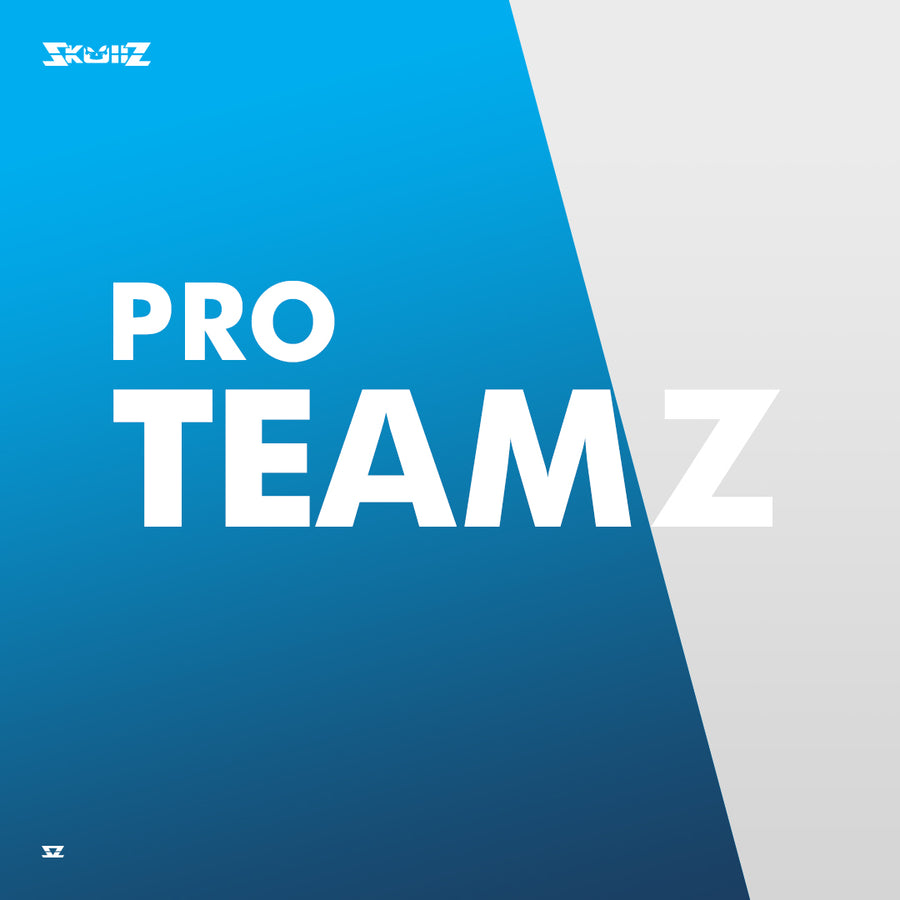Jerseys Develop a Sense of Belonging and Unity
There have been various psychological and sociological studies that explore the impact of uniforms and team jerseys on group cohesion, identity, and performance. While these studies may not focus specifically on esports, their findings can be applied across different types of teams, including sports teams, military units, and even corporate settings.
Here are some key findings from the research:
Increased Sense of Unity and Cohesion
Wearing the same jersey or uniform helps team members feel a stronger sense of belonging and unity. This phenomenon is often attributed to the concept of *social identity theory*, which suggests that people derive part of their identity from the groups to which they belong. When team members wear the same jersey, it reinforces their membership within that group, fostering a sense of "we-ness." This increased cohesion can lead to better teamwork, as individuals prioritize the team's success over their personal goals.
Enhanced Group Identity and Pride
Uniforms can enhance a sense of group identity and pride, making individuals feel proud to represent their team. This sense of pride can motivate individuals to perform better because they want to uphold the group's reputation. Studies have shown that athletes who feel proud to wear their team's uniform are more likely to exhibit higher levels of motivation, commitment, and performance. The visual representation of belonging can have a powerful psychological effect, instilling confidence and a sense of purpose.
Improved Focus and Performance
Uniforms can serve as a psychological trigger that shifts an individual's mindset into a 'game mode' or 'work mode.' The act of putting on a team jersey can help athletes or team members mentally prepare for competition or collaborative work, signaling that it's time to focus and give their best effort. This concept is related to the idea of *enclothed cognition*, where the clothing a person wears can influence their cognitive processes and behaviors.
Facilitation of Trust and Communication
Uniforms help facilitate trust and communication among team members. Seeing fellow team members in the same attire can serve as a constant visual reminder of shared goals and responsibilities. This shared visual identity can break down social barriers and foster open communication, which is crucial for effective teamwork. Trust and open communication, in turn, can enhance cooperation and reduce conflict within the team.
External Recognition and Support
Uniforms and team jerseys make it easier for external parties (like fans, coaches, or sponsors) to identify and support the team. This external recognition can further boost the team’s morale and motivation. Knowing they have support from others can enhance the team members' desire to perform well, not just for themselves but for those who believe in them.
Psychological Impact on Opponents
A well-designed, professional-looking uniform can also have a psychological impact on opponents. It can convey a sense of organization, professionalism, and preparedness, potentially intimidating rivals. This effect is not only about aesthetics but also about the message that the team is cohesive, serious, and ready for competition.
Conclusion
Overall, the psychological impact of wearing a team jersey or uniform is multi-faceted. It enhances group cohesion, fosters a sense of identity and pride, improves focus and performance, facilitates trust and communication, and can even influence opponents. These benefits highlight the importance of not just having uniforms, but also ensuring that team members feel proud and connected to them, as this pride can translate into tangible performance gains.
-------------
Research References:
1. Social Identity Theory and Team Uniforms:
- Tajfel, H., & Turner, J. C. (1986)
- The Social Identity Theory of Intergroup Behavior. In S. Worchel & W. G. Austin (Eds.)
- Psychology of Intergroup Relations (pp. 7-24). Nelson-Hall
- This foundational work discusses how individuals' self-concepts are derived from their membership in social groups, which can be applicable to how team jerseys reinforce a sense of belonging.
2. Enclothed Cognition:
- Adam, H., & Galinsky, A. D. (2012). Enclothed cognition
- Journal of Experimental Social Psychology, 48*(4), 918-925
- This study introduces the concept of enclothed cognition, which shows that clothing can influence the wearer's psychological processes and behaviors, supporting the idea that uniforms impact team performance and focus.
3. The Psychological Impact of Sports Team Uniforms:
- Carron, A. V., Hausenblas, H. A., & Eys, M. A. (2005)
- Group Dynamics In Sport
- Fitness Information Technology
- This book explores group dynamics within sports teams, including the role of uniforms in promoting team cohesion and unity.
4. Group Cohesion and Performance:
- Beal, D. J., Cohen, R. R., Burke, M. J., & McLendon, C. L. (2003)
- Cohesion and performance in groups: A meta-analytic clarification of construct relations
- Journal of Applied Psychology, 88*(6), 989-1004
- This meta-analysis provides a comprehensive look at how cohesion (often enhanced by shared uniforms) correlates with group performance, relevant to both sports and other team-based environments.
5. Identity and Performance in Sports:
- Wann, D. L., Melnick, M. J., Russell, G. W., & Pease, D. G. (2001)
- Sport Fans: The Psychology and Social Impact of Spectators
- Routledge
- This book discusses how team identification (which can be visually represented through jerseys) affects both fans and players, impacting motivation and performance.
These references cover various aspects of how uniforms and team jerseys influence psychological factors like identity, cohesion, and performance. You can access many of these studies through academic databases like Google Scholar, JSTOR, or your local library's online resources.



